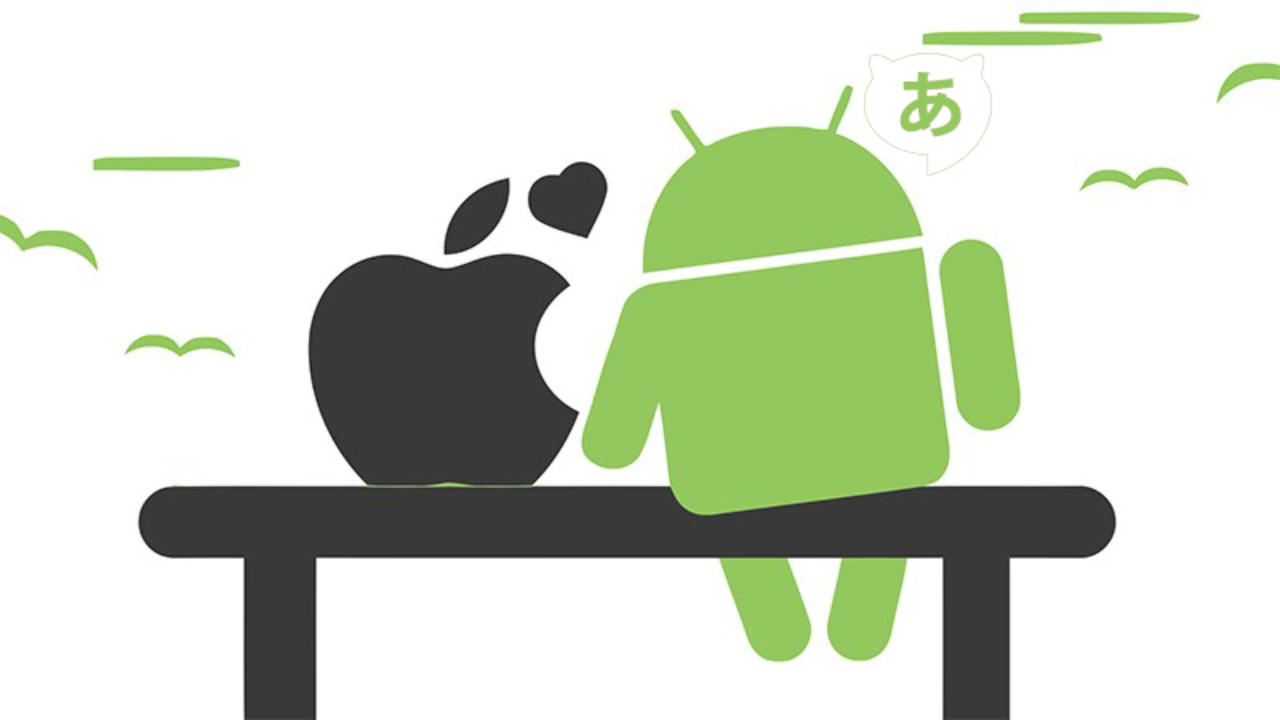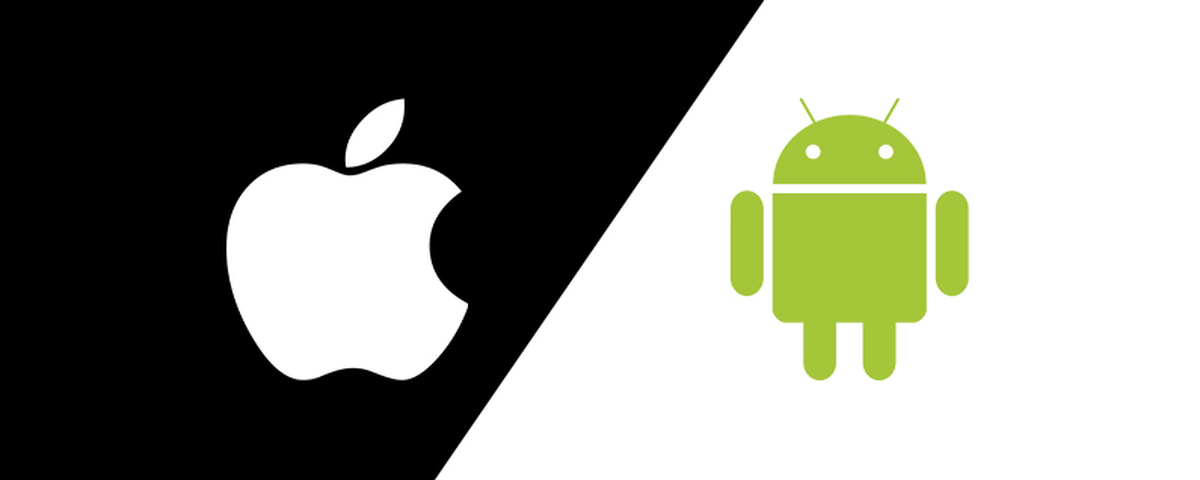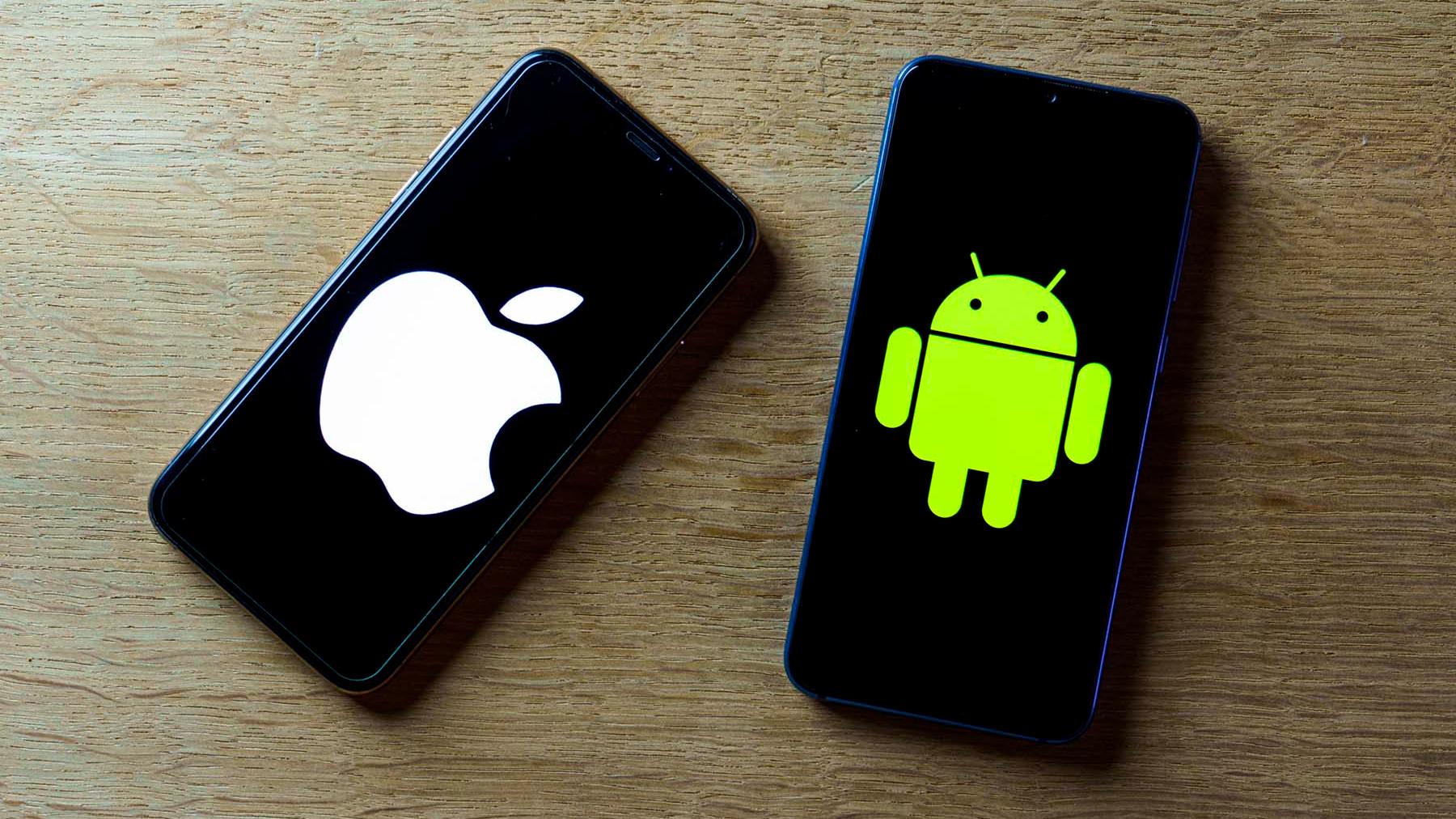Mobile App Development: iOS vs. Android — Which Path to Choose?
Choosing between iOS and Android development can feel like standing at a crossroads with no obvious signposts. Each platform offers unique advantages—and potential drawbacks—when it comes to programming languages, toolchains, user demographics, revenue models, and long-term maintenance. Whether you’re an indie developer, a founder bootstrapping a startup, or a product leader at an established company, making the right call up front saves time, money, and technical headaches down the road.
This comprehensive guide unpacks the factors that matter most—market reach, development cost, tech stack, monetization, timeline, ongoing maintenance, and even small-business budget constraints—so you can commit to the platform (or dual-platform strategy) that aligns with your goals.

Table of Contents
- Why Platform Choice Still Matters in 2025
- Snapshot of Market Share and User Demographics
- Development Ecosystems and Programming Languages
- Tooling, IDEs, and Learning Curves
- Hardware Fragmentation vs. Device Uniformity
- Monetization and Revenue Potential
- Time to Market and Iteration Speed
- Security, Privacy, and App Store Policies
- Maintenance, Updates, and Total Cost of Ownership
- Hybrid and Cross-Platform Alternatives
- A Decision Framework for Startups and SMBs
- Case Studies: When iOS or Android Paid Off
- Final Recommendations
1. Why Platform Choice Still Matters in 2025
Cross-platform frameworks have matured, but native development remains dominant for performance-critical apps, seamless OS integration, and consistent user experience. Choosing a primary platform first can:
- Reduce initial scope and speed MVP delivery
- Allocate limited budgets more efficiently for small businesses
- Simplify talent hiring when you’re working with a compact engineering team
- Provide clearer user feedback before expanding to the second OS
2. Snapshot of Market Share and User Demographics
Global Market Share
- Android commands roughly 71–72 % of the global smartphone market, driven by affordable devices across Asia, Africa, and Latin America.
- iOS holds about 27–28 % worldwide but dominates North America, Western Europe, and Australia in purchasing power.
Monetization Mindset
- iOS users historically spend more on apps and in-app purchases, making Apple’s smaller user base disproportionately lucrative.
- Android’s vast install base boosts organic reach, ad-supported revenue, and freemium models—especially in emerging markets.
Take-away for small businesses: If your primary customers reside in the U.S., Canada, or Western Europe and pay for digital products, iOS might generate higher ARPU (average revenue per user). If reach and user acquisition volume trump immediate spending, Android wins.

3. Development Ecosystems and Programming Languages
iOS
- Swift (modern, safe, and Apple-maintained)
- Objective-C (legacy codebases and enterprise apps)
- SwiftUI for declarative UI in latest projects
- Xcode as the all-in-one IDE on macOS
Android
- Kotlin (now the official, recommended language)
- Java (legacy and cross-platform libraries)
- Jetpack Compose for declarative UI
- Android Studio (based on IntelliJ IDEA, available on Windows, macOS, Linux)
Learning Curve Considerations
- Swift and Kotlin share modern language features (null safety, concise syntax).
- Apple’s closed ecosystem means you must invest in macOS hardware.
- Android can be developed on lower-cost machines, beneficial for cash-strapped startups.
4. Tooling, IDEs, and Learning Curves
Xcode Strengths
- Seamless simulator for various iPhone/iPad devices
- Interface Builder for visual design
- SwiftUI Previews for live UI rendering
- Integrated Instruments for performance profiling
Android Studio Strengths
- Advanced layout editor with ConstraintLayout and Compose previews
- Built-in device manager and emulator
- Gradle build system for modular projects
- Extensive plugin marketplace
Budget Tips: Refurbished Macs or Mac-in-cloud solutions reduce initial hardware costs when testing the iOS waters.
You can also develop an MVP with no-code development platforms to test your ideas before fully launching them.
You can also develop an MVP with no-code development platforms to test your ideas before fully launching them.
5. Hardware Fragmentation vs. Device Uniformity
- iOS hardware matrix is limited: a handful of resolutions and chipsets. Responsive design is easier, QA costs lower.
- Android spans thousands of models with diverse screen sizes, CPUs, and OEM customizations. Comprehensive testing demands emulator farms or third-party services like Firebase Test Lab.
If your app relies on advanced hardware (ARKit, LiDAR, or Face ID), iOS hardware uniformity ensures predictable performance. Conversely, if you target budget phones or rugged devices, Android’s diversity is unbeatable.
6. Monetization and Revenue Potential
iOS
- Strong in-app purchase and subscription culture
- Apple Pay friction-free payments
- Higher adoption of premium, paid-upfront apps (though still niche)
Android
- Wider ad-supported revenue via Google AdMob
- Better penetration in regions where users avoid credit card spending
- Third-party app stores in certain markets supply alternative distribution
Small-business insight: Paid-upfront models are harder on Android. If ad monetization aligns with your business model, Android’s volume is an advantage; if subscriptions are central, iOS may out-earn.
7. Time to Market and Iteration Speed
- App Store Review: Apple’s manual vetting can slow first release by a few days, but minor updates often pass within hours if reputation is solid.
- Google Play Review: Typically automated, allowing near-real-time deployments—but enforcement becomes strict for sensitive permissions.
Rapid iteration matters for startups collecting user feedback. Android’s lightweight approval can shave days off your feedback loop in early sprints.

8. Security, Privacy, and App Store Policies
- Apple enforces stricter privacy guidelines (App Tracking Transparency, dedicated privacy nutrition labels).
- Google tightens privacy gradually (Privacy Sandbox), but still offers more leeway in data collection.
If your app handles sensitive data (health, finance), iOS policies require extra compliance but often communicate trust to security-conscious users.
9. Maintenance, Updates, and Total Cost of Ownership
iOS
- Users update quickly to latest iOS; supporting two versions typically covers 90 %-plus of devices.
- Niche libraries may break with new OS releases, demanding annual update sprints during WWDC season.
Android
- OS fragmentation persists; you may need to support three to five major versions to cover a similar percentage of users.
- Google Play Services backports many features, easing the burden but complicating testing.
Budget for long-tail maintenance if your Android user base includes older devices common in emerging markets.
10. Hybrid and Cross-Platform Alternatives
Frameworks like Flutter, React Native, Ionic, and Xamarin offer:
- Single codebase for iOS and Android
- Faster prototyping and easier hiring when full-stack web devs shift to mobile
- Native-like UI components and performance for most business apps
Trade-offs: Heavy native integrations (AR, advanced Bluetooth, proprietary sensors) still require bridge code or full native modules—adding complexity.
11. A Decision Framework for Startups and SMBs
- Define Core Market: Where do your paying customers live?
- Clarify Business Model: Subscription/cloud SaaS vs. ad-supported or freemium.
- Assess Budget & Timeline: Fewer resources favor a single-platform MVP.
- Evaluate Team Skill Set: Leverage existing Swift, Kotlin, JavaScript, or Dart talent.
- Consider Hardware Dependencies: ARKit? WearOS? CarPlay?
- Plan for Maintenance: Future OS updates, QA, and customer support workloads.
- Set Growth Milestones: Decide when metrics (e.g., user count, MRR) trigger expansion to the second platform or cross-platform rewrite.
12. Case Studies: When iOS or Android Paid Off
- Subscription Fitness App: Launched on iOS first to tap higher ARPU; after hitting break-even, reinvested profits into Android version, doubling active users in six months.
- On-Demand Services Startup: Chose Android MVP because target city’s population used budget Android handsets; ad revenue funded eventual iOS release.
- Small-Town Retailer: Integrated Flutter to build a single cross-platform loyalty app, minimizing dev cost while offering equal experience to local customers on both ecosystems.
13. Final Recommendations
Choose iOS first if…
- Your revenue model depends on paid subscriptions or premium in-app purchases.
- Your target demographic is concentrated in high-spending regions (U.S., Western Europe).
- You need consistent hardware features or advanced Apple frameworks (ARKit, HealthKit).
Choose Android first if…
- Market reach and top-of-funnel user acquisition are priorities.
- Ad-supported or freemium economics align with your roadmap.
- Your user base is cost-sensitive or concentrated in emerging markets.
Choose cross-platform when…
- Budget and timeline are tight, and you can tolerate slight performance overhead.
- Your feature set doesn’t rely heavily on OS-specific APIs.
- You have web or desktop devs eager to pivot into mobile with minimal retraining.
Ultimately, the “right” path balances business goals, user expectations, technical constraints, and resource realities. Start with these factors, commit confidently, and revisit your platform strategy whenever market data—or customer demand—makes the case for expansion.
Looking to scale more efficiently? Connect with iDelsoft.com! We specialize in developing software and AI products, while helping startups and U.S. businesses hire top remote technical talent—at 70% less than the cost of a full-time U.S. hire. Schedule a call to learn more!





